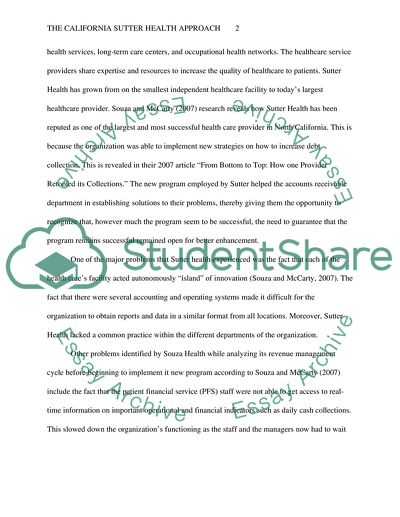Cite this document
(“The California Sutter Health Approach Research Paper - 1”, n.d.)
Retrieved from https://studentshare.org/health-sciences-medicine/1598496-case-study-analysis-the-california-sutter-health-approach
Retrieved from https://studentshare.org/health-sciences-medicine/1598496-case-study-analysis-the-california-sutter-health-approach
(The California Sutter Health Approach Research Paper - 1)
https://studentshare.org/health-sciences-medicine/1598496-case-study-analysis-the-california-sutter-health-approach.
https://studentshare.org/health-sciences-medicine/1598496-case-study-analysis-the-california-sutter-health-approach.
“The California Sutter Health Approach Research Paper - 1”, n.d. https://studentshare.org/health-sciences-medicine/1598496-case-study-analysis-the-california-sutter-health-approach.


